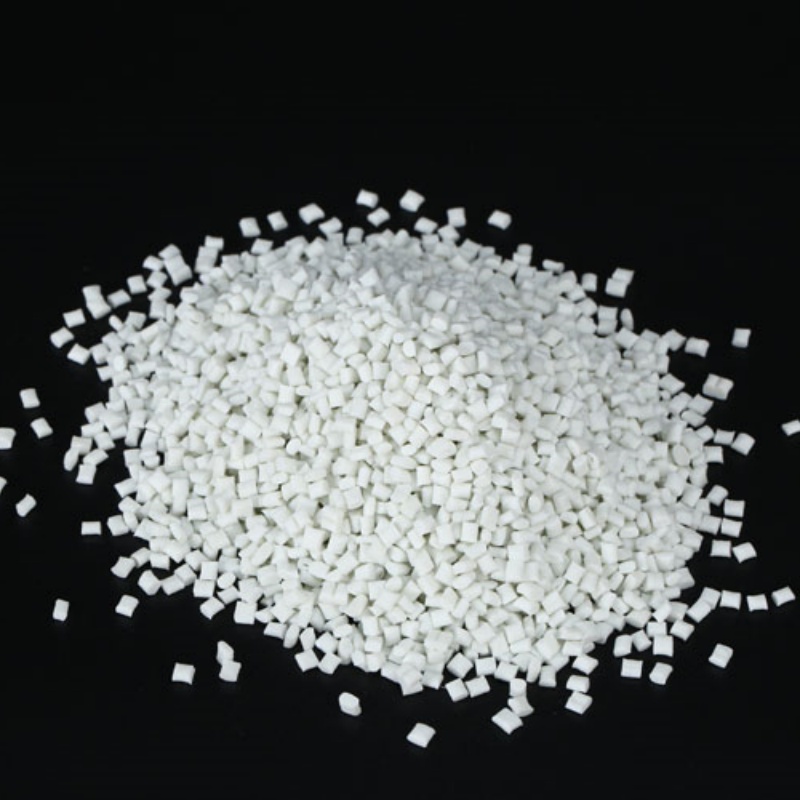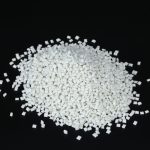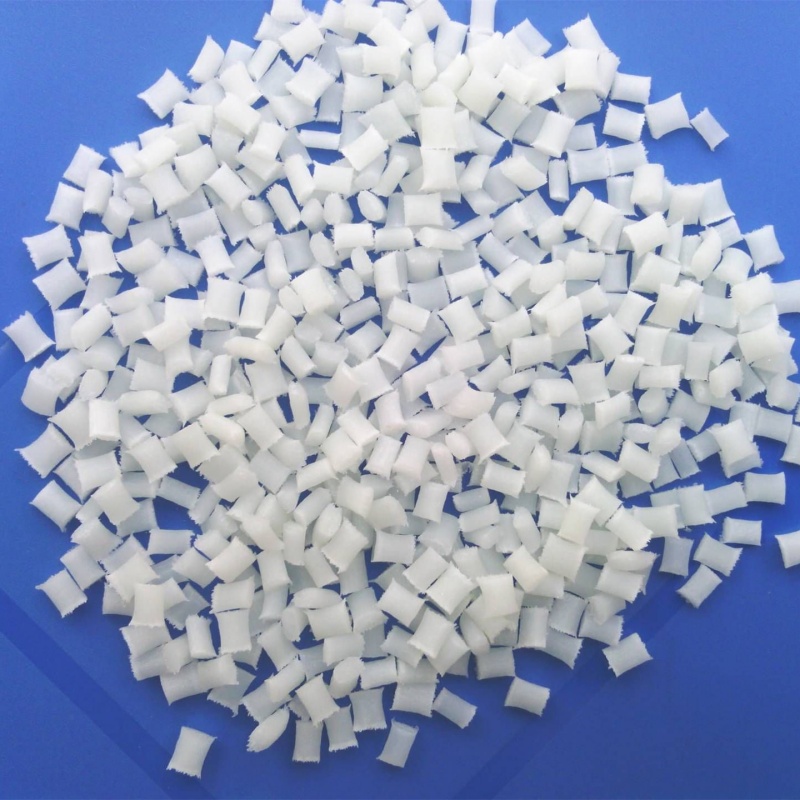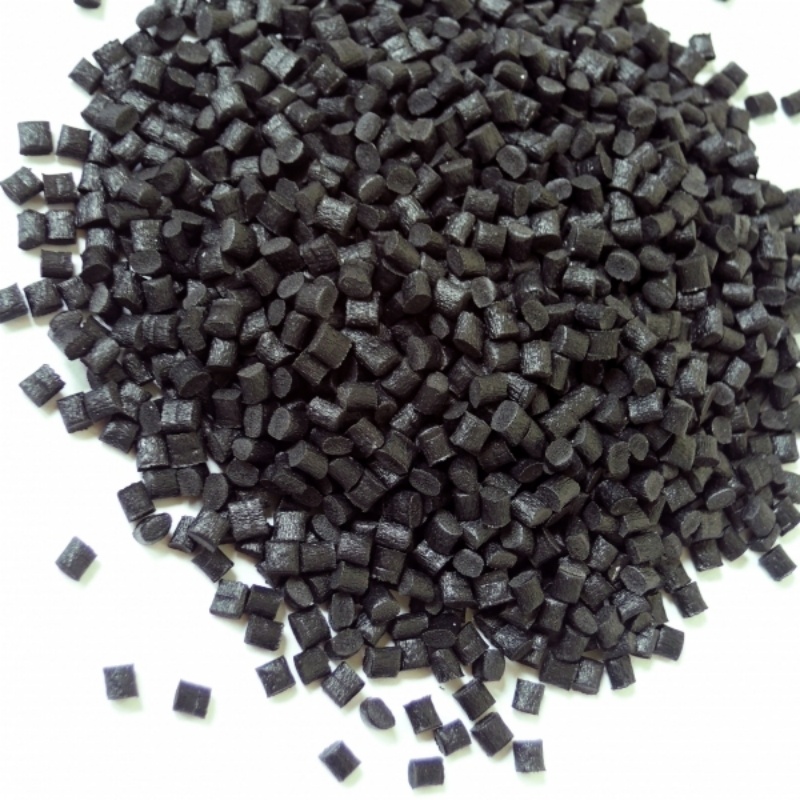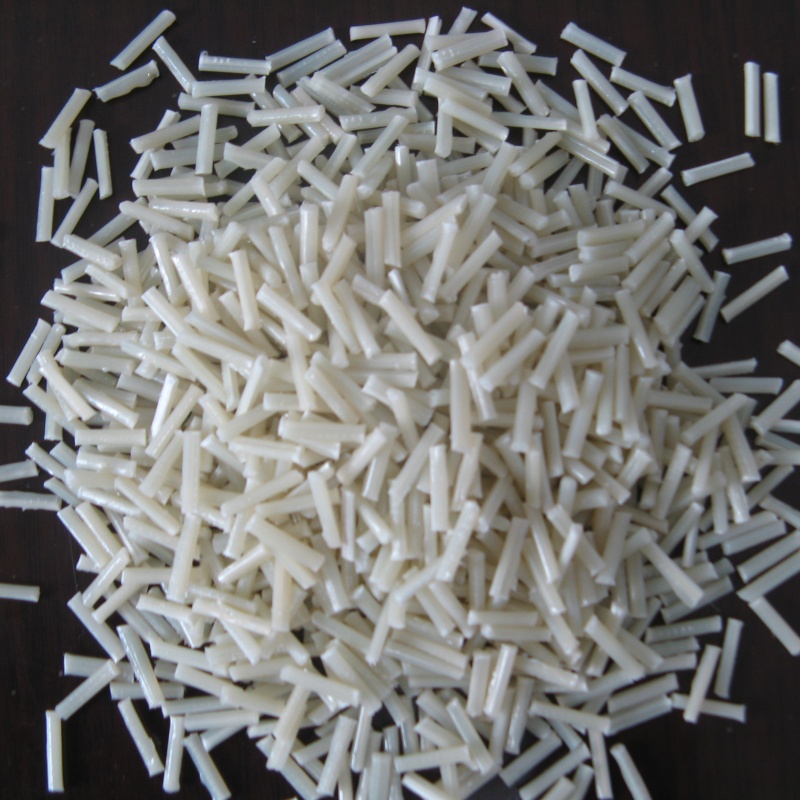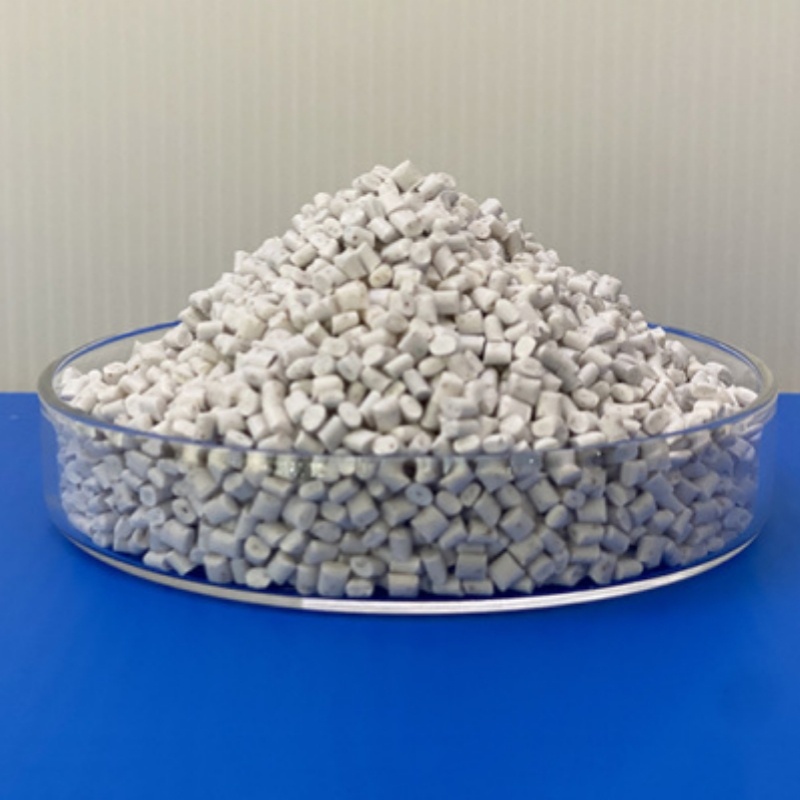PBT + 50% Glass Fiber Reinforced Material delivers superior mechanical strength, exceptional stiffness, and high thermal resistance. Designed for automotive, electrical, and industrial applications, it ensures outstanding durability, structural integrity, and long-term performance.
Product Overview
PBT + 50% Glass Fiber Reinforced Material combines 50% glass fiber with polybutylene terephthalate (PBT), providing exceptional strength, rigidity, and thermal stability. This material is specially designed for high-strength applications and high-temperature environments, such as air conditioning vent blades and controller housings. It ensures product stability and long-term durability in demanding conditions.
Key Features
- Extremely High Strength and Rigidity: The 50% glass fiber reinforcement significantly enhances the material's tensile strength and rigidity, making it suitable for components that need to bear heavy mechanical loads.
- Good Thermal Stability: The material exhibits excellent thermal stability in high-temperature environments, resisting deformation or degradation, making it ideal for high-temperature operating conditions.
- Outstanding Impact Resistance: Even in low temperatures or complex environments, the material maintains excellent impact resistance, ensuring component reliability.
- Good Processability: Despite the high glass fiber content, this material still maintains good flowability, making it suitable for precise injection molding of complex shapes.
Applications
- Air Conditioning Vent Blades: Suitable for manufacturing air vent blades in automotive and home air conditioning systems, offering superior mechanical performance and thermal stability to ensure long-term reliability.
- Controller Housings: Used for electronic device housings, providing robust protection against high temperatures and mechanical stresses, extending the lifespan of the equipment.
| Test Properties | Unit | Test Method | Test Condition | Typical Value |
| Physical Properties | ||||
| Density | g/cm³ | ISO 1183 | 23℃, 50%RH | 1.74 |
| Filler Content | % | ISO 1172 | 50 | |
| Mold Shrinkage | % | ISO 294 | Parallel: 0.13%, Vertical: 0.83% | |
| Mechanical Properties | ||||
| Tensile Strength | MPa | ISO 527 | Type I sample, 50mm/min | 165 |
| Elongation at Break | % | ISO 527 | Type I sample, 50mm/min, Gauge length 50mm | 2 |
| Flexural Strength | MPa | ISO 178 | 23℃, 10mm/min | 265 |
| Flexural Modulus | MPa | ISO 178 | 23℃, 10mm/min | 15500 |
| Izod Impact Strength (Notched) | KJ/m² | ISO 180 | 23℃ | 10 |
| Charpy Impact Strength (Unnotched) | KJ/m² | ISO 179 | 23℃ | 60 |
| Thermal Properties | ||||
| Melting Point | ℃ | ISO 11357-1 | 223 | |
| Heat Deflection Temperature (HDT) | ℃ | ISO 75 | 0.45MPa: 220℃, 1.8MPa: 205℃ | |
| Flammability | ||||
| UL Flammability Class | UL-94 | HB | ||
| Electrical Properties | ||||
| Surface Resistivity | Ω | IEC60093 | 10000000000000 | |
| Volume Resistivity | Ω·cm | IEC60093 | 1000000000000000 |
 new material
new material

